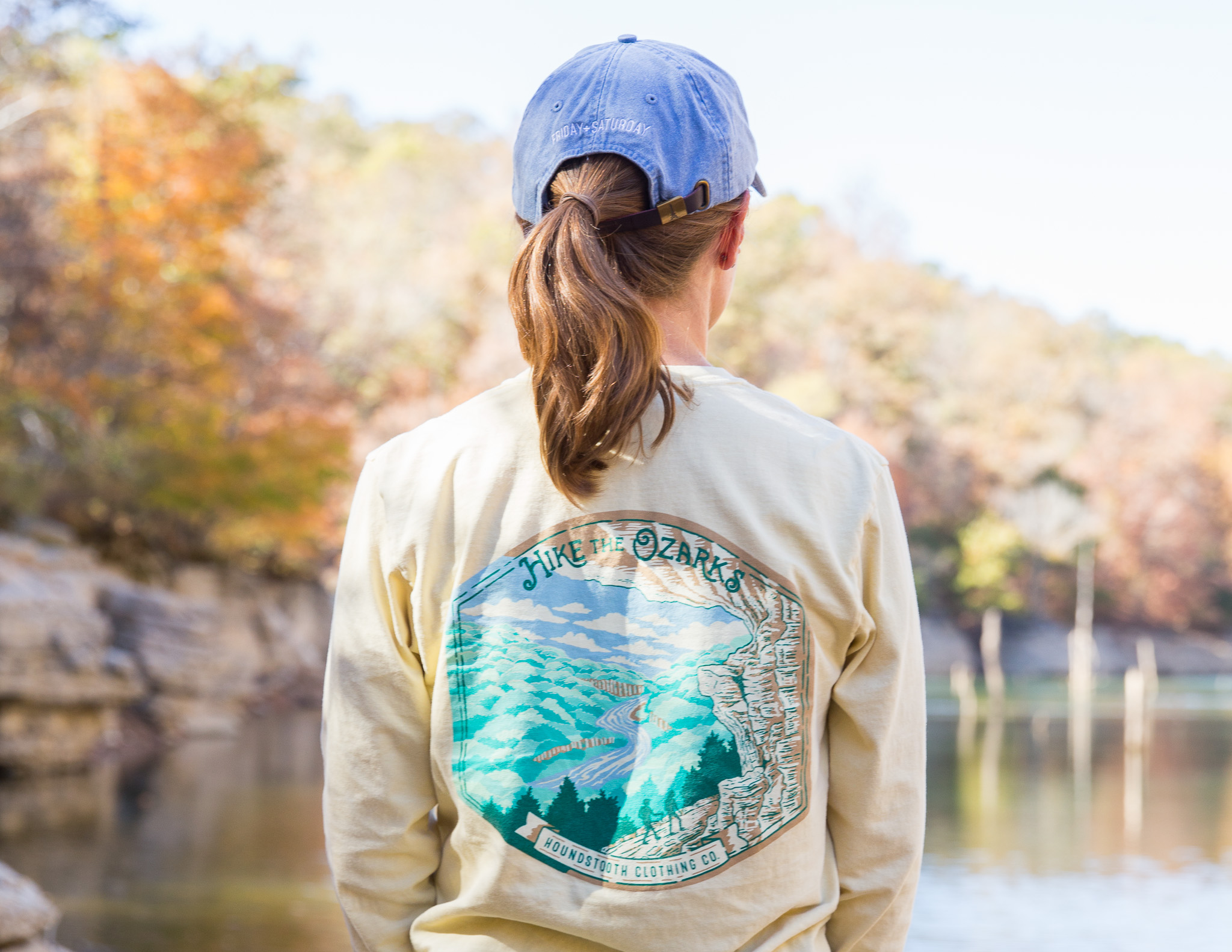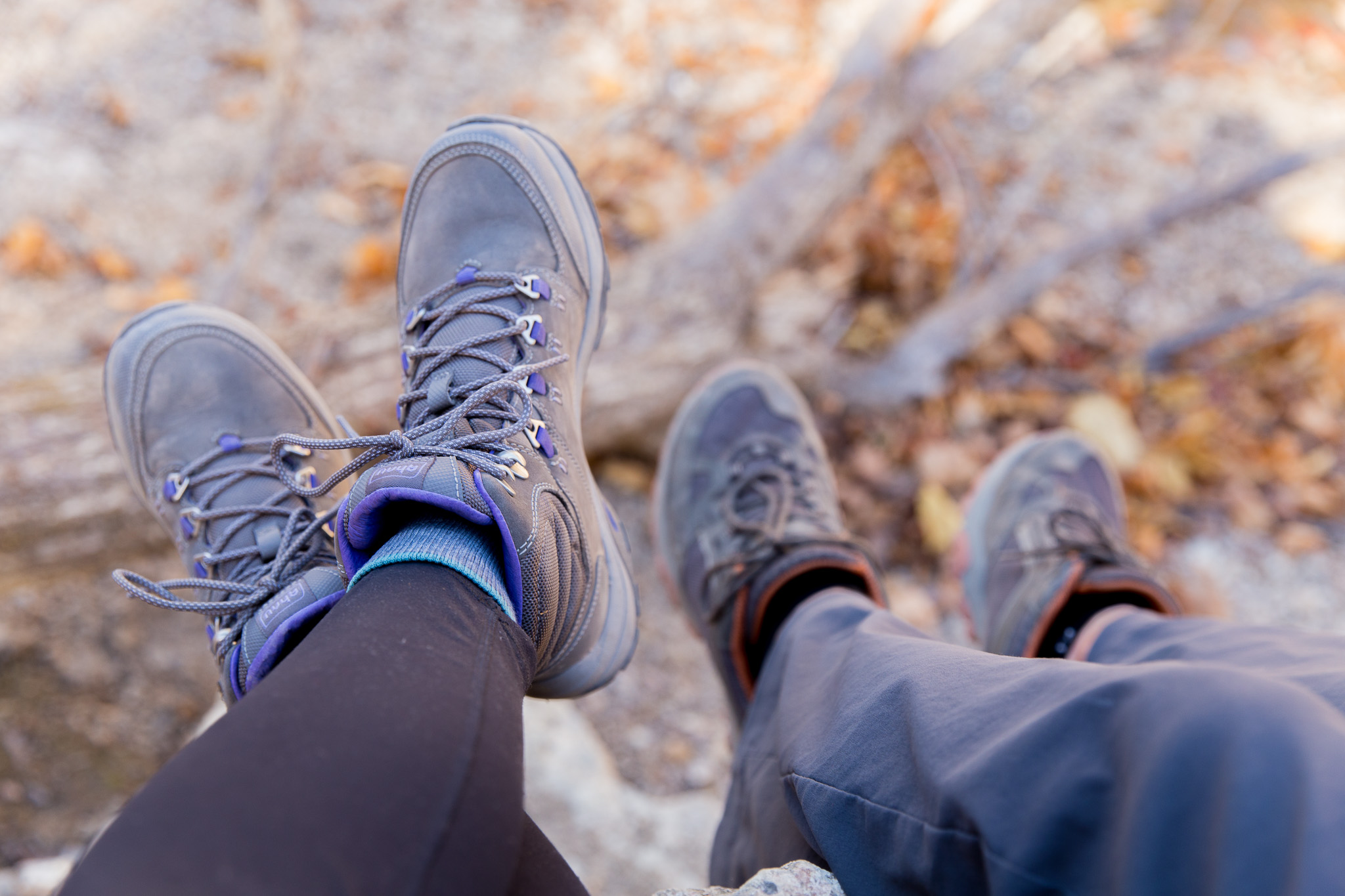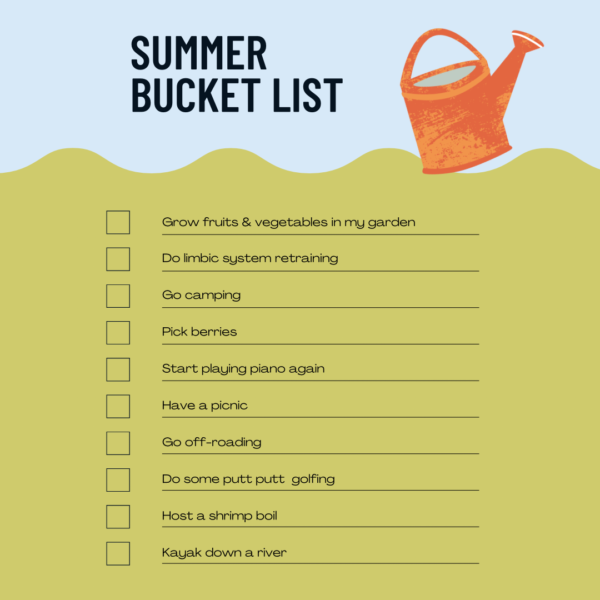The holidays are upon us! As fun and special as this time of year can be, I know that it is also common for many of us to experience extra stress during this season…which is why I thought it would be timely to talk about relaxation!
There seems to be a misconception that if you are moving, you aren’t relaxing, and if you aren’t moving, you are relaxing. But that is not always the case! Let me explain.
Active relaxation happens when you intentionally engage both your mind and body in relaxing. Some good examples of this are walking, hiking, yoga, etc. while simultaneously practicing prayer, meditation and/or deep breathing exercises. Active relaxation usually does not involve technology.

Passive relaxation, on the other hand, can be thought of as distracted stillness. Your body may not be moving, but your mind is usually not intentionally focused on relaxing. Some examples of this are sitting on the couch watching t.v. or scrolling through social media, reading a book, etc. Passive relaxation often does involve technology.
Although both types can have some positive effects, studies have proven than active relaxation is more likely to promote health, because the mind and body are working together. Things like deep breathing and mindfulness help to turn on the parasympathetic nervous system in our bodies (rest, repair and rebuild system) and switch off the sympathetic (fight-or-flight) system.
A concern of mine is that many in our present culture only ever do passive technology-based relaxation, and never truly give our brains a break! I think it is pretty important that the mind and body get to relax together in harmony sometimes. And it seems the most applicable way to promote that is take a break from our devices once in a while! Go on a walk without your headphones, take a bath without listening to your audiobook, lay on the couch without scrolling social media, etc. Our brains really weren’t designed for this constant influx of information. They do some much for us and need periods of rest!

A lot of it comes down to intentionality! Ask yourself, “is my mind all over the place, or is it deliberately focused on relaxing and being in the present?” It can take time and practice to learn how to actively relax! I am definitely still in training myself. But it does get easier and more natural over time!
A few of my personal favorite relaxation techniques are:
- hiking
- yoga
- sitting in an infrared sauna
- taking an epsom salt bath
- massage
- sitting on my porch swing
- coloring
- singing worship music

Next time you catch yourself feeling overwhelmed and needing to relax, I hope you will remember these two options and make an informed decision on which type will best serve you best in that moment. We live in a high-stress world and I can assure you that one of the most powerful ways to improve your overall health is to learn to relax both mind and body, and then do it regularly!

Here is a nice, guided Christian meditation I found online that you can try if you’d like. Often time when you are newer to mindfulness practices, it can be helpful to have someone guide you!
Although I am a nurse by trade, I am not a doctor or an expert, and the information I provide on this blog is for educational purposes only. Each person is unique and their needs and circumstances vary, so I always recommend that you consult your medical provider before making any changes.



Thanks Chelsey, such great information for this time of year but also for all year long! Love your blog!
You’re so welcome! I appreciate you reading and am glad you find it helpful!